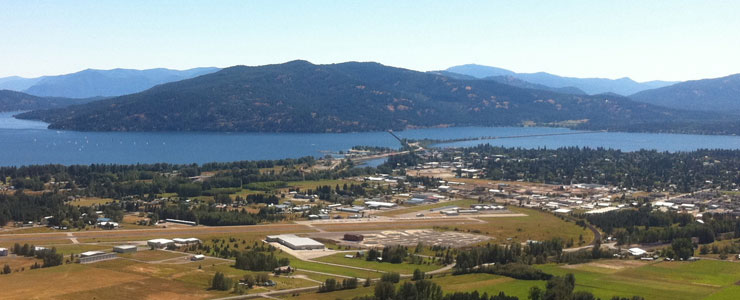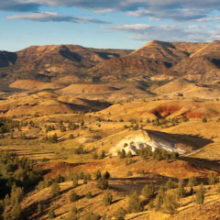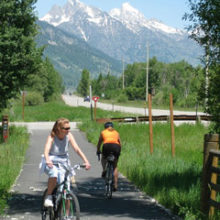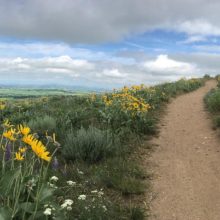We hope this report sheds light on the functioning of the area’s economy and helps elected officials, business leaders, and community members to understand the county’s unique strength.
By building on these strength and anticipating challenges early, we expect the economy will continue its history of steady, consistent resilience. Although some disadvantages like distance to markets cannot be changed, the area can shore up its strengths like quality of life and existing breadth of employers to ensure ongoing economic success.
Summary
Since 2001 there has been an absolute decline in compensation earned in construction, forestry and related industries, and in education services. All other sectors grew during the same period, led by manufacturing; health care and social assistance (87% of this category is in health care); government (84% is in local government); professional, scientific and technical services; accommodation and food services; and retail trade.
Net Change in Compensation by Industry, Bonner County, ID, 2001-2013
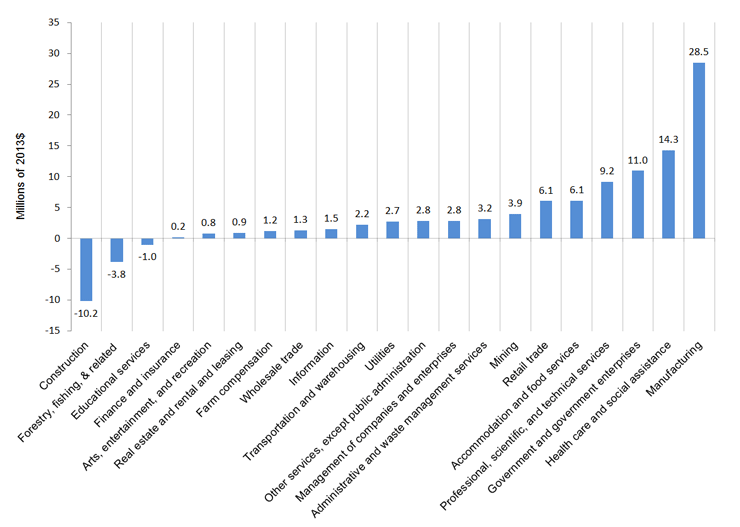
Source: U.S. Department of Commerce. 2014. Bureau of Economic Analysis, Regional Economic Accounts, Washington, D.C. Table CA06N.
Entrepreneurs—people who start their own businesses—are an important indication of business vitality and speak to the motivations of local residents who want to live and do business in their own community.
Compared to urban centers, fostering entrepreneurship is generally more difficult in rural areas because it is more difficult to obtain access to capital, labor, and transportation infrastructure. Many of the self-employed in Bonner County are in construction, real estate, and retail, not uncommon for a rural area. These sectors lost the most self-employed jobs during the most recent recession.
However, many self-employed are also in professional services, which are more commonly associated with urban areas with larger markets. These sectors actually gained jobs during the last recession; a testament to how Bonner County has been able to capitalize on its high quality of life to retain creative, entrepreneurial residents.
Much of the business formation has come from within the local economy rather than from the relocation of businesses to the county. The following figure shows that of all establishments in the county between 2000 and 2013, most are either expansions of existing companies (25% of businesses) or new startups (28% of businesses), far outpacing businesses relocating to the county (2% of businesses). The remainder is existing businesses.
Percentage of Establishments by Type in Bonner County, Idaho, 2000–2013

Source: http://www.youreconomy.org/, which uses the National Establishment Times Series (NETS).
Discussion
Bonner County has an unusually strong, resilient, and steady economy for a community of its size and distance from large markets. Most remote communities in the West are heavily dependent on tourism or natural resources which, while they can be profitable and sustaining, are prone to volatility.
However, Bonner County, in addition to its strong tourism and timber sectors, also has significant employment and strong momentum in manufacturing, health care, aerospace, and advanced industries. These sectors are bolstered by a culture of entrepreneurship and residents’ commitment to remaining in the area, which has led to many spinoff businesses. Tourism has been an excellent marketing tool for the community, rather than its only economic option.
Bonner County’s diverse economy is more like the larger, connected communities like Redmond and Ashland, Oregon than a more rural, isolated community like McCall, Idaho.
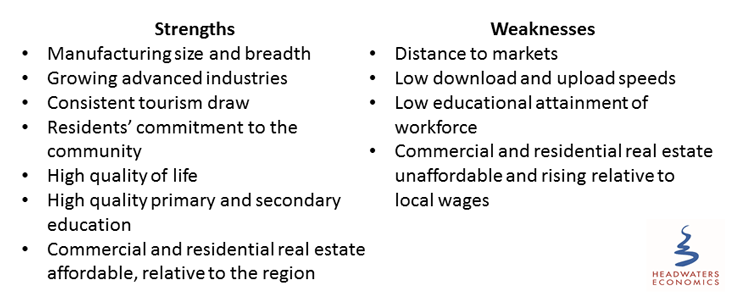
During the past several decades, Bonner County’s economy has been resilient. As the forest product sector declined, new manufacturing such as aerospace expanded. Although Bonner County’s economy suffered during the most recent recession, it suffered less and recovered more quickly than many of its peers. Continuing this resilience depends on the area’s ability to maintain its diverse economic base and build on its existing strengths.
From a business-owner’s perspective, Bonner County’s main advantages are its existing breadth of businesses and capacity for innovation in manufacturing, aerospace, software design; its relatively low cost of living and cost of commercial real estate compared to urban markets, improving local business’ competitiveness with businesses in urban centers; and its quality of life and natural amenities, which make it easier to recruit new businesses and employees.
The county’s advantages in cost of living and “livability” depend on its ability to rein in rising housing and commercial real estate costs. Other communities have had some successes using an assortment of zoning policies, incentives, and public-private partnerships.
Bonner County’s primary disadvantages as a business owner are its distance to larger markets, low Internet speeds, and relatively low educational attainment of its workforce. Peer communities in this analysis are addressing similar challenges by improving broadband access across the community and improving the pipeline for technical education to supply target industries with skilled employees.
Map
Communities in Bonner County, Idaho
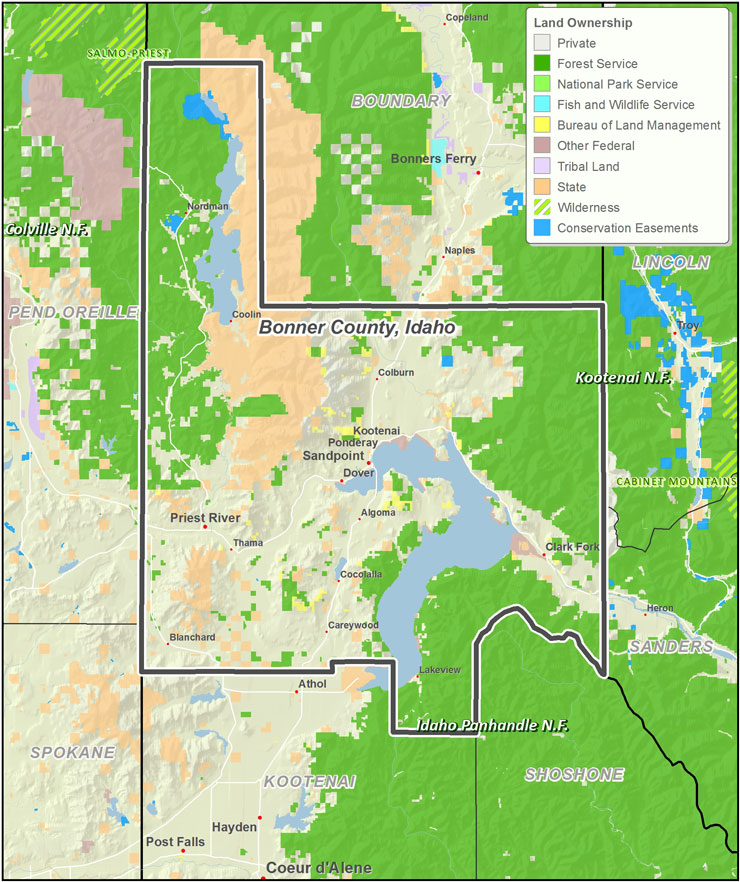
The LOR Foundation, whose goal is to enhance livability in the Intermountain West, provided funding for this research to help communities better understand the potential local impacts of trails and to make informed choices about investing in this infrastructure.
